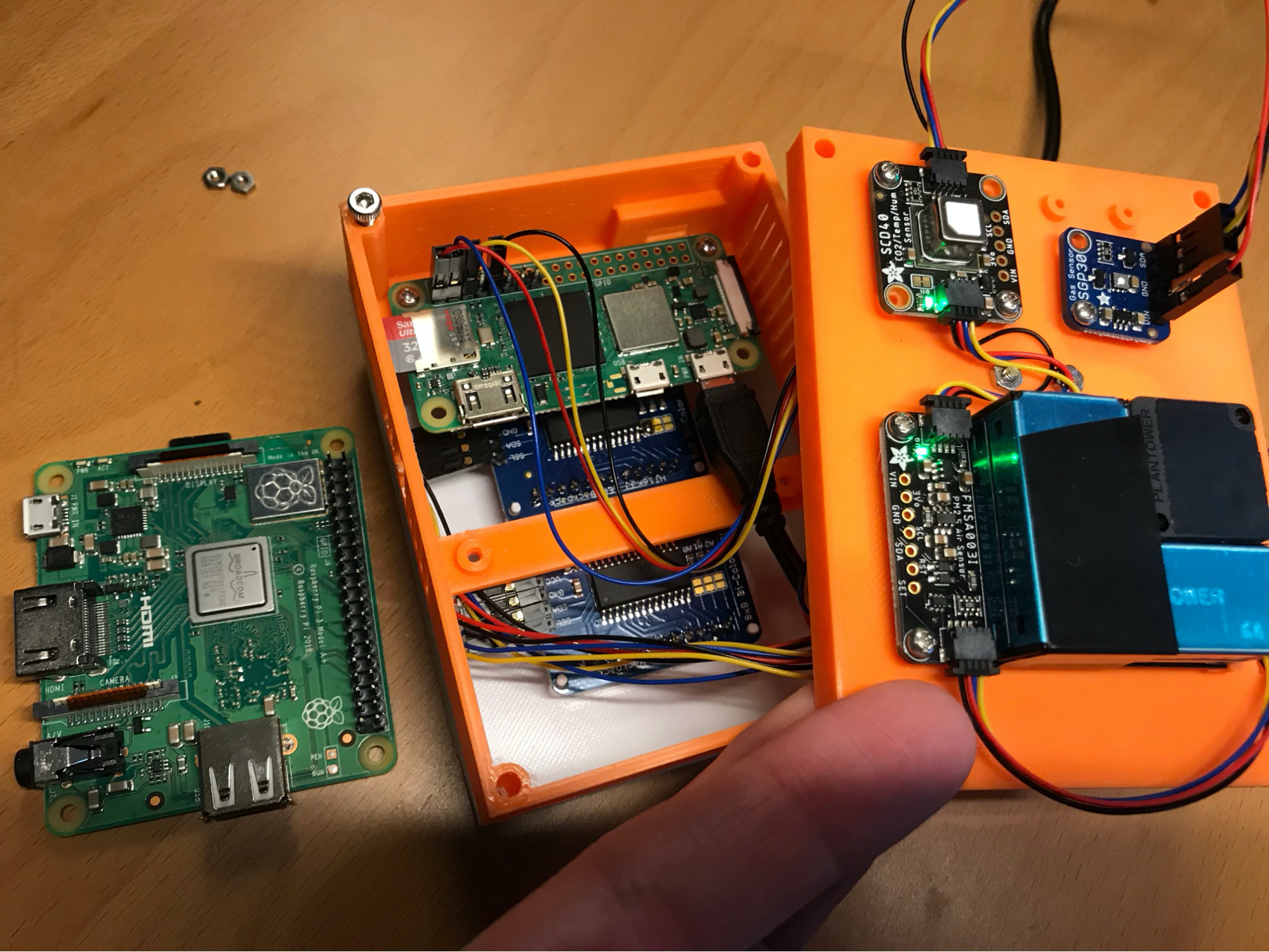It’s no secret that here at balena, we are huge fans of the Raspberry Pi single board computers and the ecosystem of sensors, HATs, and other add-ons that enable the small device to function as an IoT or Edge platform.
So when the new Raspberry Pi Zero 2W launched a few weeks ago, we immediately set to work building our custom BalenaOS for the new device, so that it would be properly supported on the balenaCloud platform. Get the details and get to hacking!
Raspberry Pi Zero 2W now supported by balenaCloud
We are proud to announce it is now ready and deployed, and the Raspberry Pi Zero 2W device type is available in the balenaCloud dashboard and can be added to your IoT Fleets.
In case you missed its launch, let’s cover the basic details of what the new Pi Zero 2W offers, and then work through a few scenarios where this tiny computer can bring big improvements to your IoT projects.
Raspberry Pi Zero 2W Specifications:
- Raspberry Pi RP3A0 1GHz quad-core 64-bit Arm Cortex-A53 CPU (Armv8/aarch64)
512MB SDRAM - 2.4GHz 802.11 b/g/n wireless LAN
- Bluetooth 4.2, Bluetooth Low Energy (BLE), onboard antenna
- Mini HDMI port and micro USB On-The-Go (OTG) port
- microSD card slot
- CSI-2 camera connector
- HAT-compatible 40-pin header footprint
The form-factor remains the same, so peripherals, cases, and other accessories designed for the original Raspberry Pi Zero should all fit and work the same on the Zero 2 as well.
Additionally, the ports and outputs remain the same. Bluetooth gets a slight spec bump from 4.1 on the original Pi Zero to 4.2 on the Pi Zero 2W, but memory stays the same at 512mb. he CPU upgrade from the original Zero to the Zero 2W is about a 5x improvement, moving from a very outdated 32-bit single-core Armv6 design, to a modern quad-core 64-bit design. This upgrade gives the Zero 2W the processing power needed to run more CPU-intensive tasks and applications that the older model struggled to run in the past. The Pi Zero 2W can run modern operating systems, containers, and applications that the original Pi Zero can’t handle due to its older processor architecture.
Initial thoughts
Beyond our own projects that we build and produce, lots of balena customers have tried to use the Raspberry Pi Zero for their IoT Fleets, but found that the device just couldn’t run their workloads effectively due to its limited processor. The size, price, and thermal properties were very attractive, but it unfortunately didn’t have the processing capability needed to run their applications.

This upgraded Zero 2W should solve that issue for quite a few customers, and allow them to innovate, or pack more sensors into their deployments by shrinking the size of the physical board inside of their housing (versus a Pi 3 or Pi 4 form-factor). Look at all the extra room in this case now!
What do you think?
Did you have a Raspberry Pi Zero 2W on hand? Or, planning to get one soon? If so, let us know in the comments what you build, and if you’re using balenaCloud, how our device support is with this fresh gear.
We’re looking forward to seeing all of the innovative projects our community members come up with. Sound off in the comments or on social media with any questions or comments.

